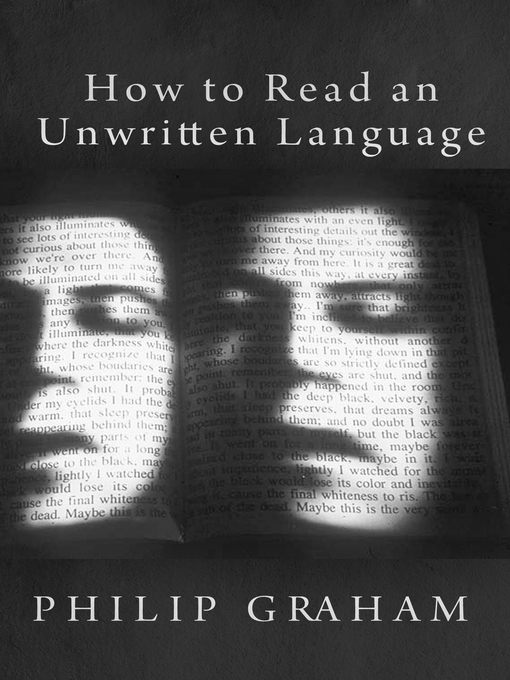
How to Read an Unwritten Language
- اطلاعات
- نقد و بررسی
- دیدگاه کاربران
نقد و بررسی

Starred review from October 2, 1995
Evocative, lyrical prose and a keen eye for unexpected detail hold the reader spellbound through this odd, poignant tale of a sensitive man's quest to understand himself and his loved ones by cracking the code of their lives' elusive symbolism. When Michael Kirby is 11, his bored, emotionally unstable mother begins adopting imaginary personalities in front of her children, forcing them to play along and reverting to herself only when their father returns home from work. Michael, the eldest of the three children, becomes adept at identifying his mother's ``thicket of selves'' and at helping his unsettled siblings through her increasingly bizarre and dangerous charades. ``In this way I grew up bilingually--learning both the... rules of English grammar at school and Mother's secret, impersonating gestures at home. My first language helped me make my way through the world; my second language helped me see through it.'' After his mother's breakdown and death, Michael continues to apply his exegetical skills more and more: to his cold, stoic father; to his sister Laurie, who becomes an actress as a means of controlling her mother's legacy; to his first wife, Kate, a talented artist afraid of revealing her inner self and of drawing people; to his new love, Sylvia, a meteorologist disillusioned with her profession and with life in general; and to himself and the collection of cast-off objects he collects at auctions and yard sales along with their unique stories. Through Michael's gentle voice, first-novelist Graham (author of a short-story collection, The Art of the Knock, and two other books) fashions a resonant narrative that explores the value of storytelling to make life bearable and the unending struggle to make sense of those closest to us.

August 1, 1995
The narrator of this well-written but frustrating novel haunts garage sales and auctions in search of ordinary objects--a wedding ring, a stone, and other knickknacks--for the healing stories that surround them. As Michael Kirby relates his history from childhood through college, his marriage to an artist who can draw objects but not people, and his present relationship, the reader meets a dysfunctional group of people whose inability to communicate leads to sad attempts to rewrite their lives. The early chapters dealing with Kirby's mother, who frequently pretends to her youngsters that she doesn't know them, powerfully communicates a woman's emotional fragility and the fear it instills in her children. However, the novel slides downhill from its powerful opening, and there are several one-dimensional characters whose motivations are never clear. Graham, author of the exhilarating short story collection The Art of the Knock (Morrow, 1985. o.p.), has not quite brought his first novel together. For larger literary fiction collections.--Nancy Pearl, Washington Ctr. for the Book, Seattle

September 1, 1995
Graham's startling first novel plummets deep into psychological emotional pools where language is fluid, often murky, and largely a subconscious struggle for form and expression. Michael Kirby, the main character, faces his mother's multiple personalities, his girlfriend's identity crisis, his first wife's (an artist) self-vision manifest in objects, and his own fluctuating ability to express and to clarify through language. From bizarre tales of a magician's act of burying his wife alive to deftly rendered funeral scenes, Graham's novel is replete with oddities. They intrigue, inspire, and scare us in a way that is both familiar and very peculiar. This book resonates long after being read. A revelation flows in, wavelike and forceful, about our often futile attempts to verbalize "truth" and the sometimes ineffectiveness of words. For a writer, this is a humbling and simultaneously liberating notion. Graham clearly seeks such knowledge about his life and art. With this novel he has taken a giant step toward a stunning career as a novelist. ((Reviewed Sept. 1, 1995))(Reprinted with permission of Booklist, copyright 1995, American Library Association.)




دیدگاه کاربران